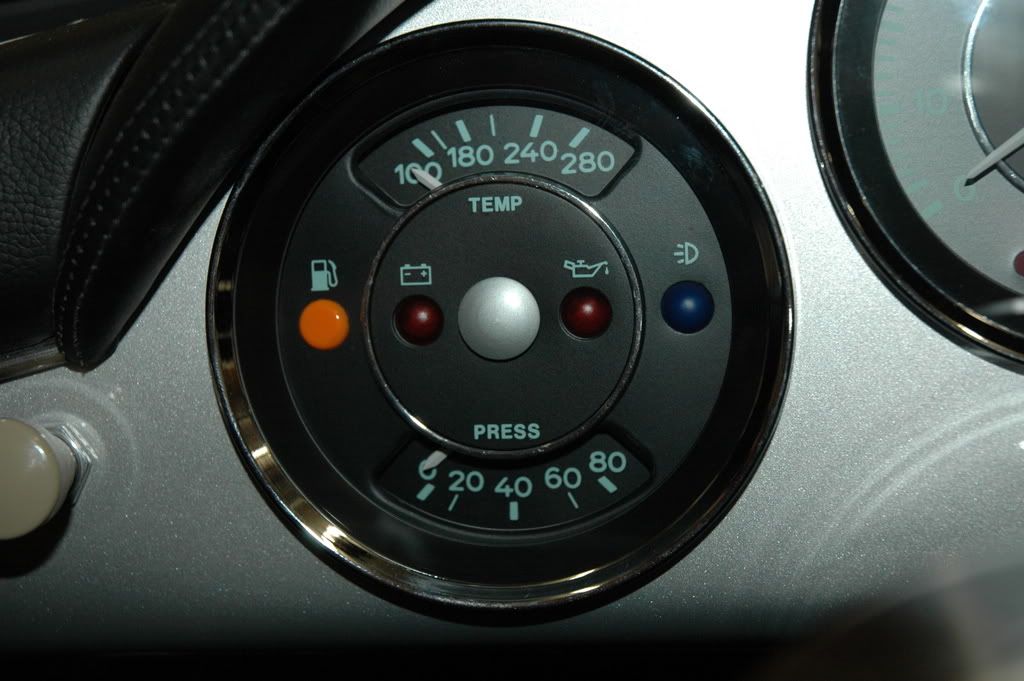Update and question.
Guys the engine is now ran in and rocking. After monitoring things. Oil pressure at idle 40lbs and higher rpms around 19lbs, Heads temp seems stable @ around 170 and Oil temp is going upto 260f only when l give it some welly @6k rpm's so have to back off the throttle. Oil I'm using is Valvoline Vr1 racing oil (mineral).
Question; what is a safe oil temp to be at before the oil starts to break down on these aircooled engines.???
I read this;
For a dual-purpose car, engine oil needs to be at least 220 degrees F to burn off all the deposits and accumulated water vapor. For every pound of fuel burned in an engine, the combustion process also generates a pound of water! If engine sump temperatures rarely exceed 212 degrees (water’s boiling point), the water will mix with sulfur (another combustion by-product) and create acids that can eventually damage bearings.
As for ultimate power potential, the general consensus among most racers is that hot oil and cool water make more power in most engines. Cold engine oil causes excessive frictional drag on the bearings and cylinder walls. A quality conventional motor oil will tolerate oil sump temperatures of up to 250 degrees, but starts breaking down over 275 degrees. The traditional approach is to try to hold oil temperatures between 230 and 260 degrees. Even on a short-duration, drag-only combo where oil is frequently changed, I would not want to routinely see under-200-degree oil temps.
Am l right in thinking this applies for aircooled engines also????


